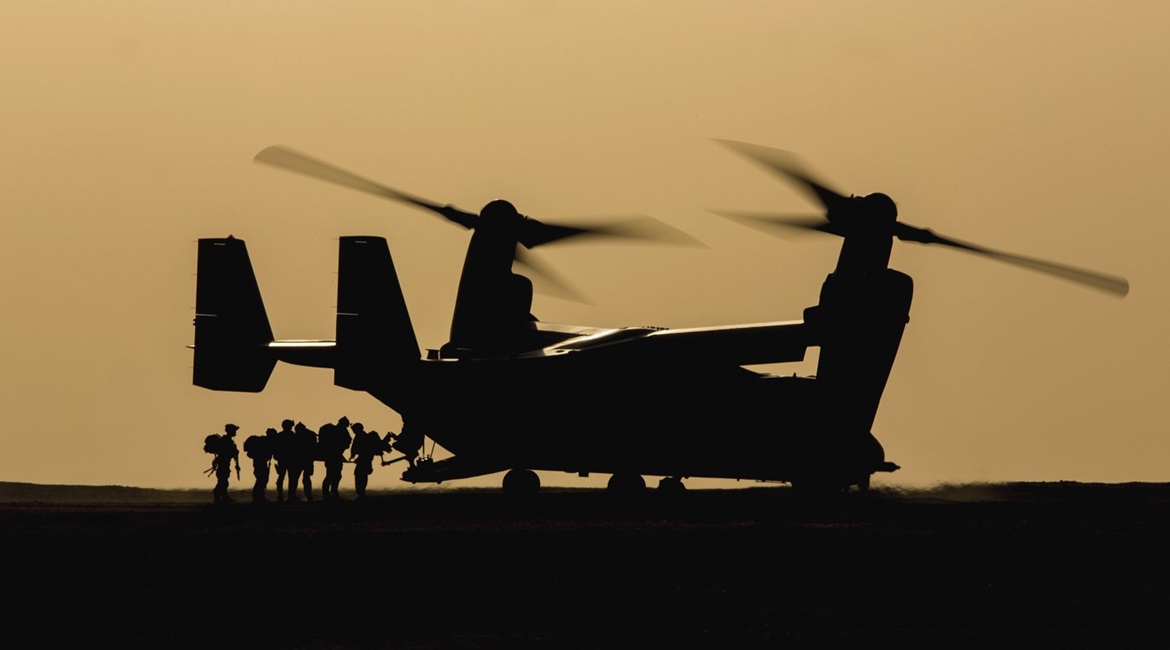
Interest from the UAE and other regional operators in the V-22 Osprey is continuing to grow, as requirements continue to be shaped following operational experiences.
“When we’re showing scenarios using an Osprey versus multiple aircraft, the reasoning is pretty clear. Whether it’s a tactical or humanitarian mission, many times it facilitates the mission to have one aircraft that can do everything. Expeditionary operations are much easier to plan, there are fewer fuel stops, fewer man-hours involved, and less logistics,” Bell’s Senior Manager for Business Development in the Middle East and Africa Eric “Strut” Knowlton told Jane’s .

Interest in the V-22 Osprey is continuing to grow in the Middle East, as forces look to deploy expeditionary operations. (US Marine Corps/Cpl. Trever Statz)
The US government’s third multi-year contract for the aircraft would represent significant cost savings for foreign buyers, Knowlton said, with a Letter of Acceptance needing to be agreed by the end of 2020 to take advantage of the US government’s programme.
Approaches to offset for a sale of the Osprey, particularly in the UAE, will likely see the company push to allow any company in the wider Textron business to participate in the discharge of obligations incurred, Knowlton said.
“It will give the company much more flexibility in meeting offset requirements, and the host nation more flexibility in the types of industrial participation, job creation, technology transfer programmes that will benefit them in a broader range of things, instead of just aviation,” he added.
Looking to read the full article?
Gain unlimited access to Janes news and more...